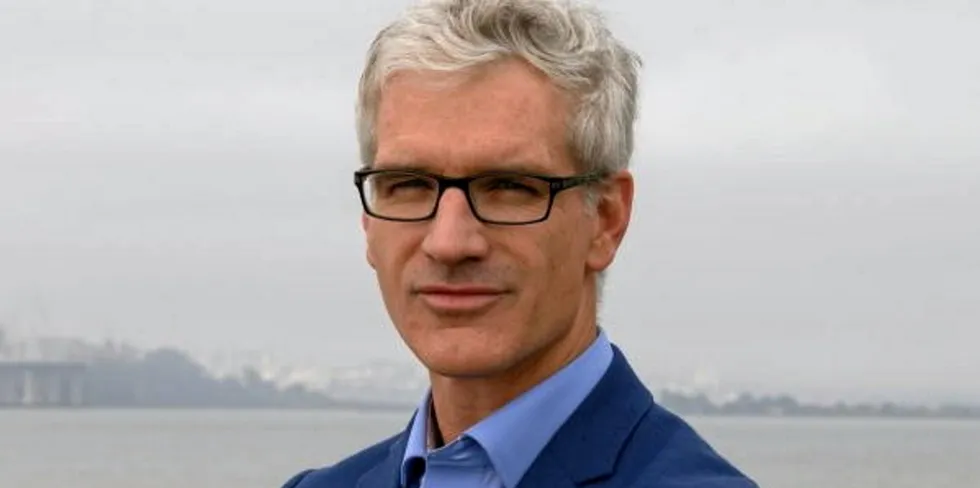'Focus on value' | Emerging US floating wind plays could charge-up American ambitions
Irish start-up Simply Blue's chief development officer Kevin Banister tells Recharge roundtable Gulf of Maine, Oregon and Central Atlantic region could be key to wider sector development in the country
